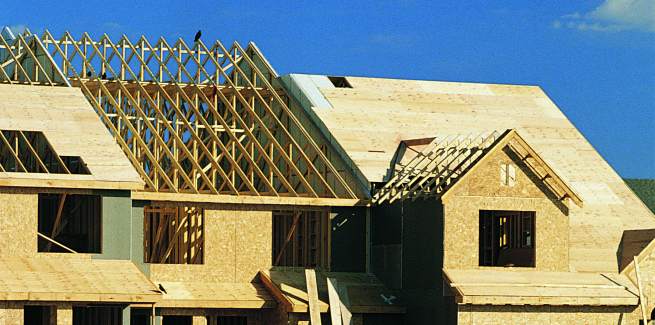The latest building approvals data from the Australian Bureau of Statistics (ABS) has shown that 20,163 dwellings were approved for building in May, 7.1 per cent less than in April – but 52.7 per cent higher than a year prior.
The May decline had followed an 8.6 per cent descent in dwelling construction approvals in April.
The ABS attributed May’s fall in housing developments to a 10.3 per cent fall in private sector house approvals, down to a total of 13,571 despite a high in April (which had a total of 15,063).
But Daniel Rossi, ABS director of construction statistics, noted: “Private house approvals remain at elevated levels and are 55 per cent higher than May 2020 and 57 per cent higher than May 2019.”
However, a rise in apartment approvals in Western Australia drove an overall increase in private sector dwellings, excluding houses, up from the month before, by 1.2 per cent. There were 6,374 non-house approvals throughout Australia.
Across Australia, the number of dwelling approvals fell in all states except Victoria (which rose by 3.2 per cent) and Tasmania (+2 per cent). Victoria also managed the highest number of approvals for the month at 5,993, against New South Wales’ 5,919.
Queensland saw the largest drop in dwelling approvals, down by 13.1 per cent to 3,621 approvals, while South Australia was down by 11.9 per cent to 1,312.
New South Wales had fallen by 10.9 per cent and Western Australia saw 8.7 per cent less approvals, with its total at 2,657.
But approvals for private sector houses had fallen across all mainland states, with Western Australia managing the largest fall of 18 per cent, down to 2,022 approved houses.
South Australia saw the second-largest fall of 16.9 per cent (1,089 houses), Queensland had 13.8 per cent less (2,650), Victoria had a 5.8 per cent drop in house approvals (4,385) and New South Wales was down by 4.6 per cent (2,904).
The value of total building rose by 4.5 per cent to $12.9 billion.
Meanwhile, a large rise in public sector projects approved in May drove a 28.5 per cent increase in the value of non-residential building, to $5 billion, following a 38.5 per cent fall in April.
The value of total residential building had fallen by 6.7 per cent in May, down to $7.8 billion, comprising a 5.8 per cent fall in new residential building (down to $6.9 billion) and a 12.7 per cent fall in residential alterations and additions ($953.3 million).
The ABS also recently reported that new housing loan commitments hit a high of $32.6 billion in May, driven by a 13.3 per cent leap in investor lending to $9.1 billion, the highest level since 2015.
[Related: 31% of early super funded mortgages, rent: ABS]
 ;
;
